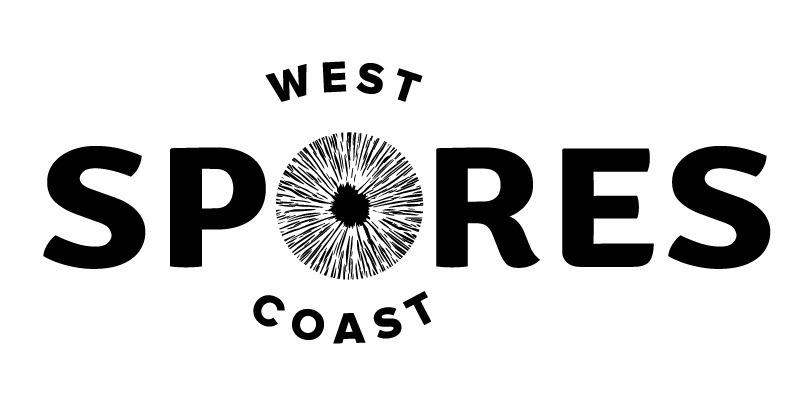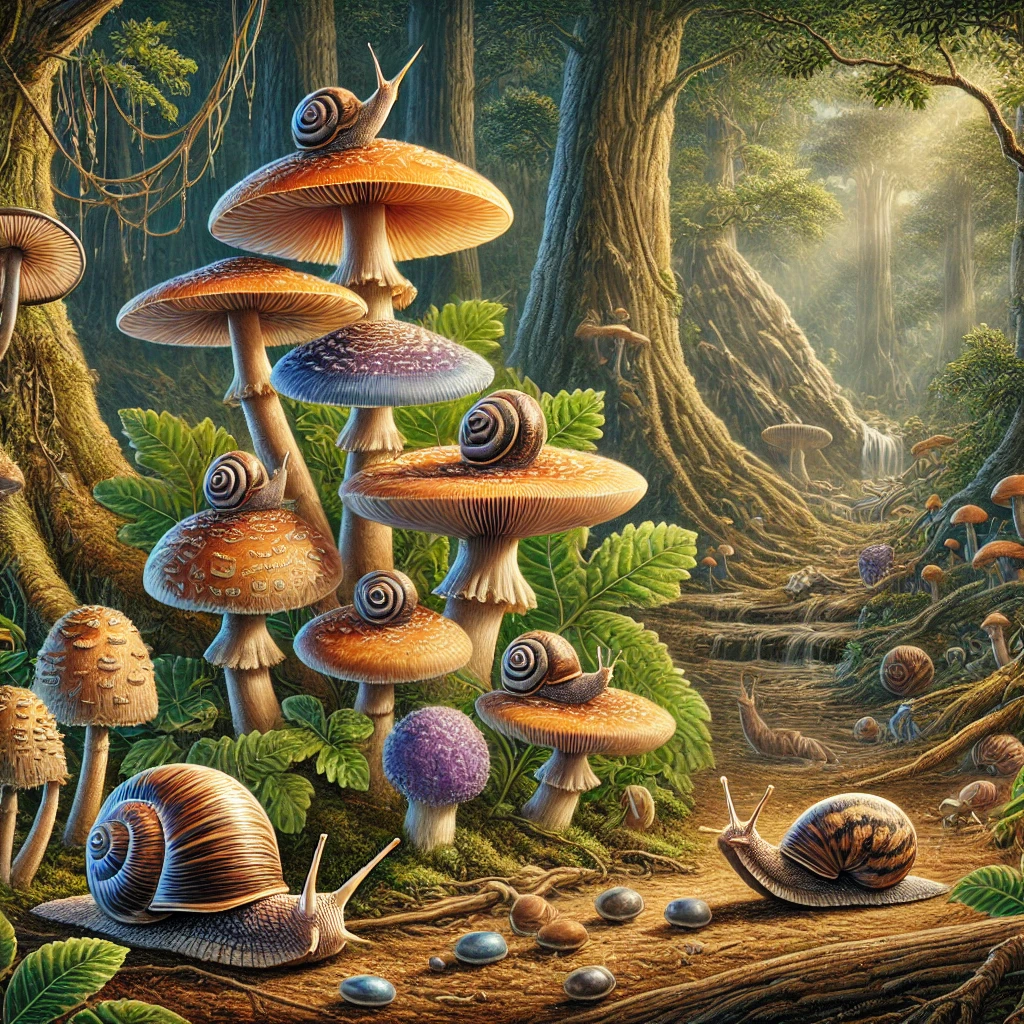The Long History of Psilocybin Mushrooms
Psilocybin mushrooms, often referred to as magic mushrooms, have captured the imagination of scientists, historians, and nature enthusiasts alike. These fungi, celebrated for their psychoactive properties, are not merely a modern discovery. Their existence and interactions with the natural world span millions of years, offering a fascinating glimpse into the symbiotic relationships between nature and its creatures, including us.
Fungi predate humans by hundreds of millions of years. Fossil evidence suggests that fungi emerged over 1 billion years ago, making them one of Earth’s oldest life forms. Among these ancient fungi, psilocybin-producing mushrooms likely evolved their unique compounds as a defense mechanism against predators.
Recent research suggests that psilocybin mushrooms date back approximately 65 million years, emerging in the aftermath of the Cretaceous–Paleogene extinction event that wiped out the dinosaurs. This cataclysmic asteroid impact not only reshaped Earth’s ecosystems but also created an environment in which certain fungi thrived. Psilocybin mushrooms may have adapted during this period, evolving their psychoactive properties as a chemical defense mechanism.
Slugs, Snails, and the Role of Gastropods
One fascinating hypothesis posits that psilocybin evolved as a deterrent against terrestrial gastropods such as slugs and snails. These creatures, which proliferated after the extinction of the dinosaurs, became prominent predators of fungi. The psychoactive properties of psilocybin may have served to deter these gastropods, giving psilocybin-producing mushrooms a survival advantage.
The relationship between gastropods and fungi highlights the intricate ecological interactions that have shaped the evolution of psilocybin mushrooms. Slugs and snails, as part of the gastropod class, play a significant role in fungal ecosystems by consuming mushrooms and dispersing their spores. This mutual influence underscores the dynamic interplay between species over millions of years.
Human Connection: A Spiritual and Cultural Heritage
The human relationship with psilocybin mushrooms stretches back thousands of years. Archaeological evidence and ancient art suggest that early civilizations revered these mushrooms as tools for spiritual exploration, healing, and communication with the divine. From the ceremonial use by the Aztecs, who called them “teonanácatl” (“flesh of the gods”), to their presence in Siberian shamanic traditions, psilocybin mushrooms have left an indelible mark on human history.
The Ecological Importance of Psilocybin Mushrooms
Beyond their cultural and spiritual significance, psilocybin mushrooms play a critical role in ecosystems. By breaking down organic matter, they contribute to nutrient cycling and soil health. They also establish symbiotic relationships with plants, facilitating nutrient exchange and fostering biodiversity.
Their interactions with animals, including gastropods, insects, and small mammals, help disperse their spores, ensuring their survival and propagation. This interconnected web underscores the importance of preserving natural habitats where these mushrooms thrive.
A Modern Revival
Today, psilocybin mushrooms are experiencing a renaissance, not only for their potential in mental health treatments but also for their cultural and historical significance. As researchers explore their therapeutic properties for depression, anxiety, and PTSD, we’re also rediscovering the ancient wisdom embedded in their use.
Final Thoughts
Psilocybin mushrooms are more than just a natural curiosity; they are a testament to the intricate and ancient relationships that shape our world. From the slugs and snails that nibbled on them millions of years ago to the humans who revere them today, these mushrooms have played a quiet yet profound role in Earth’s story. By understanding and respecting their legacy, we can appreciate their contributions to both nature and humanity.

